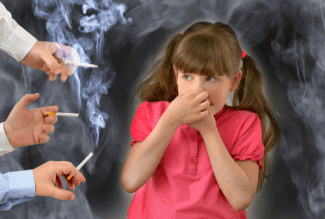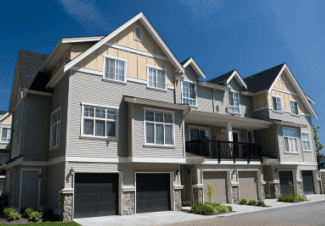Why Renters Want Smoke-Free Housing
People increasingly want their living environment to be smoke-free to protect their short- and long-term health and safety.
If you’re looking to attract new residents and retain your current ones, creating a smoke-free housing policy is essential.
When it comes to ensuring healthy housing, protecting health and preventing fires, renters know that the only sustainable option is to search for properties with a strict no-smoking policy.
Secondhand Smoke Makes for Unhealthy Housing
Renters are aware of the damaging effects of secondhand smoke.

Of those renters, 1 in 3 nonsmoking renters are exposed to secondhand smoke, and 2 out of 5 children are exposed to secondhand smokers.
The surgeon general has concluded that there is no safe level of secondhand smoke exposure. Being around secondhand smoke causes heart disease, lung cancer and stroke in adults. It impacts children’s overall developmental health, and imposes health risks such as asthma attacks, lung problems, and even sudden infant death syndrome (SIDS).
The only way to keep nonsmoking residents safe from the effects of secondhand smoke is the full elimination of smoking indoors.
According to the CDC:
- About 8 in 10 multiunit housing residents have chosen to make their own homes smoke-free.
- Approximately 1 in 3 multiunit housing residents are covered by smoke-free building policies.
- A majority of multiunit housing residents want smoke-free building policies.
The numbers show that renters and property owners are prioritizing health and safety first, making smoke-free policies less of an anomaly and more of a necessity for ensuring community protection.
Smoking Increases Fire Risks and Jeopardizes Resident Safety
Aside from detrimental damages to your residents’ health, smoking on property brings a slew of safety issues, smoking-related fires being among the most concerning.
According to the U.S. Fire Administration:
- Properties that allow smoking have an increased risk of fire with an estimated 7,600 smoking-related fires occurring in U.S. residential buildings each year.
- Fires caused by smoking are the leading cause of residential fire deaths in the U.S.
- Smoking-related fires affect more than just the smoker: One in 4 casualties are the children, friends and neighbors of the smoker who caused the fire.
Smoking-related fires are preventable. Protecting all residents begins with a smoke-free policy.
Source: Rental Housing Journal
Paying Too Much For Insurance?
Get a FREE quote to insure your rental properties for less.















 Accessibility
Accessibility